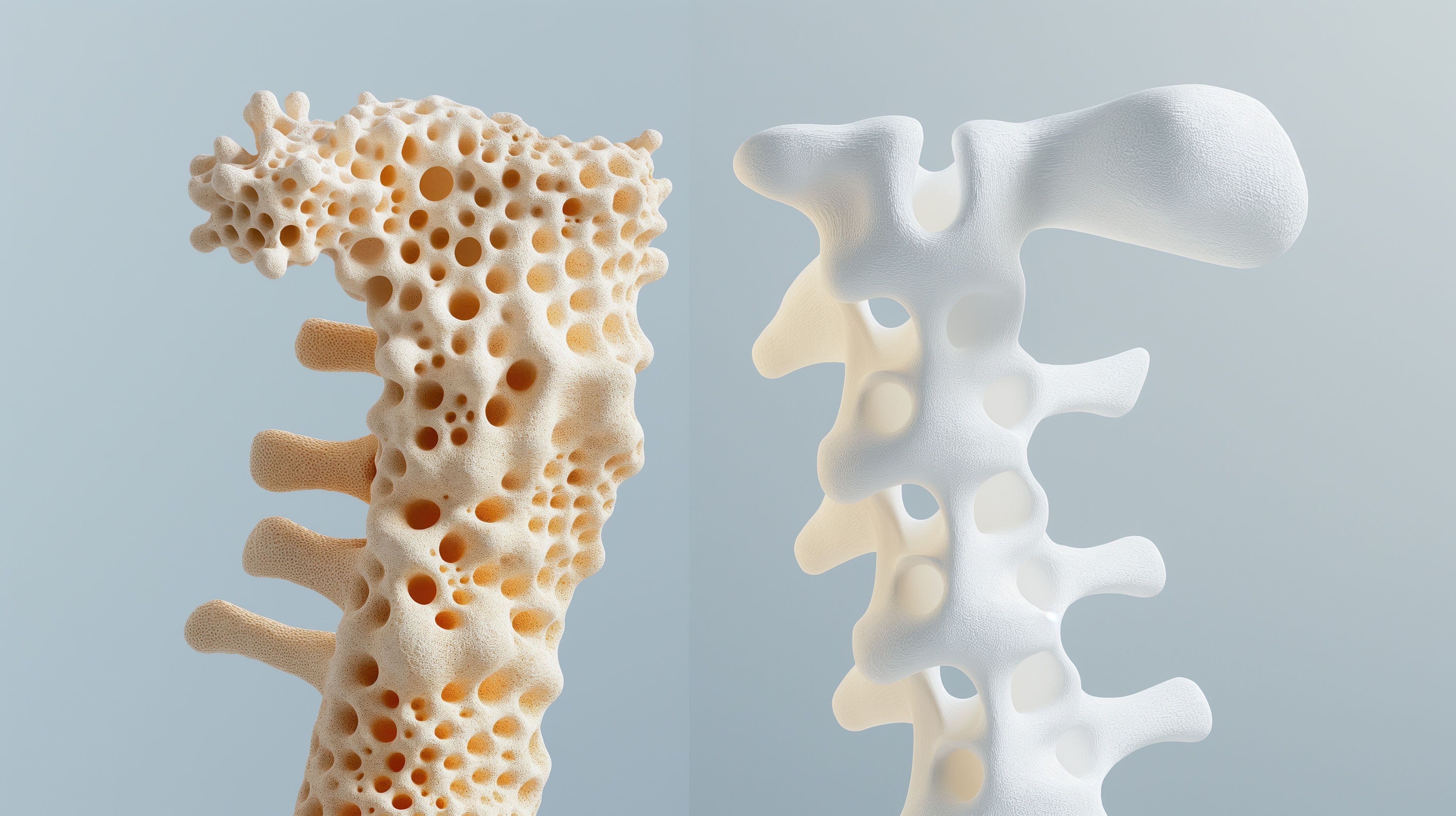Article
5 Highlights From the 2017 ACR Meeting
Author(s):
A review of some of the presentations at the American College of Rheumatology (ACR) 2017 Annual Meeting, in San Diego, California, where the discussions ranged from clinical progress witnessed in 2017 for the treatment of inflammatory conditions to reimbursement models in the rheumatology space.
At the American College of Rheumatology (ACR) 2017 Annual Meeting, in San Diego, California, the discussions ranged from clinical progress witnessed in 2017 for the treatment of inflammatory conditions to reimbursement models in the rheumatology space.
Here’s a look at some of the conversations from this year's meeting:
1. Approvals for anti-rheumatic drugs
During one of the sessions, Kamala Nola, PharmD, MS, professor at the Lipscomb University College of Pharmacy, provided an overview of the drugs that have been approved in the past year for the treatment of inflammatory conditions. The 10 drugs that Nola discussed are indicated for numerous conditions, including plaque psoriasis, osteoporosis, cytokine-release syndrome associated with chimeric antigen receptor T-cell treatment, and rheumatoid arthritis (RA).She also pointed out some of the biosimilar products that have been approved in the space.
2. Increased risk of cardiac disease
According to Rekha Mankad MD, FACC, director of the women’s heart clinic at Mayo Clinic in Rochester, Minnesota, increased morbidity and mortality from heart disease is present in all autoimmune diseases. During her presentation titled “Getting to the Heart of the Matter: The Heart in Autoimmune Diseases,” Mankad pointed out the increased risk of pericardial disease, valvular heart disease, heart failure, and ischemic heart disease in patients with RA.
“I don’t expect you guys to do a full cardiovascular assessment with a patient,” Mankad said, but urged rheumatologists to “use a high index of suspicion to perform [cardiovascular testing].”
3. Review of federal initiatives for pain and opioid addiction
Representatives from HHS, the National Institutes of Health (NIH), and the CDC participated on a panel discussion to outline ongoing federal initiatives that hope to address the parallel problems of pain and opioid addiction.
Vanila Singh, MD, MACM, chief medical officer of Office of the Assistant Secretary of Health at HHS, told the audience that HHS is assembling a Pain Management Task Force to help implement its National Pain Strategy.
NIH, too, has a Federal Pain Research Strategy that is determining priorities for research into pain, according to Linda Porter, PhD, director of the Office of Pain Policy at the NIH. “We need a balance of how we manage pain and not deny people who need medication for their particular conditions… They need better care and they need safer medications,” Porter said.
For its part, CDC has included developmental objectives for pain, including decreasing the prevalence of adults who have high-impact chronic pain, in its Healthy People 2020 initiative, according to Chad Helmick, MD, medical epidemiologist arthritis program at the CDC.
4. MACRA and ACR’s new APM
Physician challenges with the Medicare Access and CHIP Reauthorization Act of 2015 (MACRA) was also a part of the discussion at ACR, and it also provided opportunity for introducing an early draft of ACR’s alternative payment model (APM) for rheumatoid arthritis. Panelists covered challenges with the Merit-based Incentive Payment System, commonly called MIPS, provided practical advice on the adjustment period in 2019, and introduced a new APM specifically designed for the treatment of patients with RA.
5. Biosimilar switching and the cost of care
A debate at the meeting encouraged participating physicians to provide their arguments for and against switching patients from a reference product to a biosimilar. The debate was staged between Jonathan Kay, MD, arguing in favor of switching patients from reference products to biosimilars, and Roy Fleischmann, MD, arguing against the practice.
A cheaper biosimilar should be used instead of a reference biologic, Kay argued, “so that medications are more widely available to all members of society.” Fleischman did not question the concept of biosimilarity; rather, his argument was based on the cost of the treatment and its impact on patients and society. Fleischman’s presentation also touched upon the patent challenges with biosimilars and the pharmaceutical rebate system in the United States.
“We have a unique system in the [United States] which governs the choice of medications. It’s called the rebate system, and it’s a very sad system,” Fleischman said.




